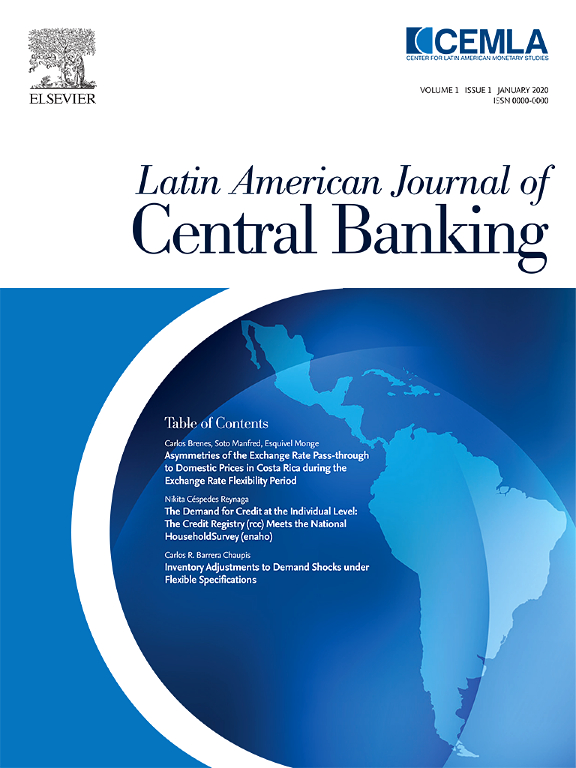
Lo más reciente
The Central Bank uses press releases after board meetings for at least three purposes: first, to justify policy measures based on the economic situation; second, to provide some forward guidance signals to agents; and third, to supply some further (latent) information to the markets. This article involves a reading analysis of press releases based on a machine-learning technique to show, first, the coherence between communications and the changes of the interest rate and, second, the capacity of communications to alter inflation expectations. We find that, following the official mandate of the Central Bank, inflation and inflation expectations as well as economic activity were significant topics in the adoption of policy measures between September 2004 and March 2016, with more emphasis on the former. Our indicators of forward guidance are not significant in the adoption of contemporary policy measures. Finally, with the help of latent semantic analysis, we extract the underlying factors that are then used in structural VAR models to identify and measure the impact of press releases’ shocks on inflation expectations. Our results indicate that Colombia's Central Bank uses communications as a monetary policy tool and that this strategy influences market inflation expectations.

 Carlos Alberto Velásquez
Carlos Alberto Velásquez